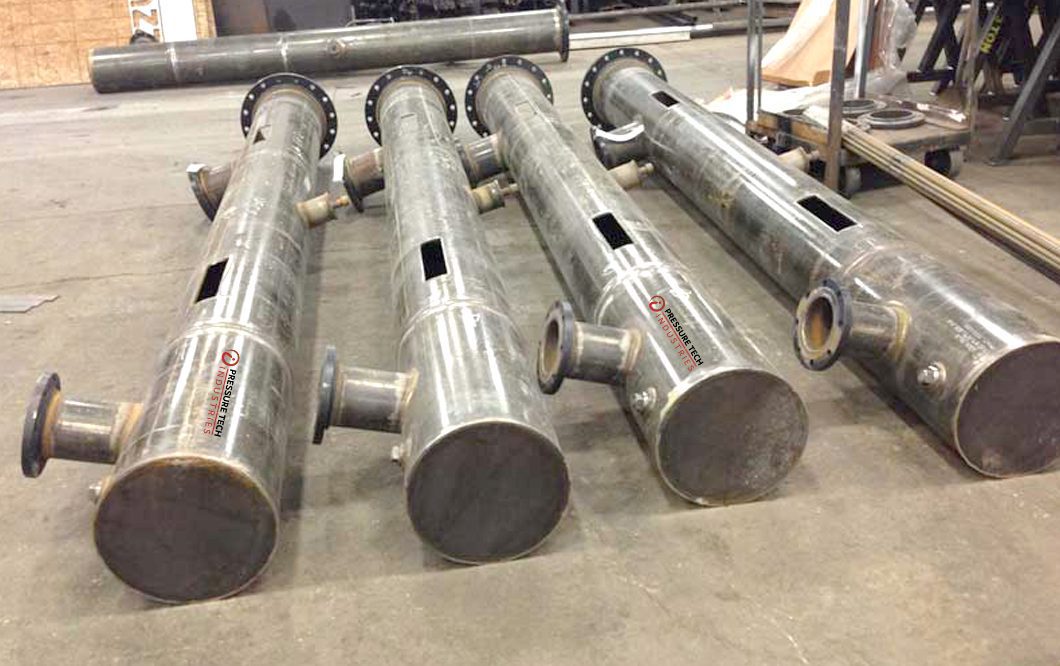In the world of industrial construction and maintenance, the integrity and quality of piping systems are paramount. Whether dealing with oil and gas, chemical plants, power generation, or manufacturing, ensuring that piping systems are fabricated and welded correctly is essential for safety, efficiency, and compliance. Among the many aspects of this field, Pressure piping fabrication plays a foundational role. This process involves the design, cutting, shaping, and assembly of pipes that can withstand high pressures and harsh operating conditions.
Companies specializing in Pressure piping fabrication must adhere to strict standards and use advanced techniques to guarantee durability and performance. If you want to explore more about the methods and standards involved, you can find detailed insights here: Pressure piping fabrication.
What is Pressure Piping Fabrication?
Definition and Scope
Pressure piping fabrication refers to the entire process of creating piping systems that are intended to carry fluids or gases under pressure. These systems are designed to handle extreme temperatures, corrosive substances, and high-pressure environments, which means the fabrication process demands precision and high-quality workmanship.
This process includes material selection, cutting, bending, welding, assembly, and testing to ensure the pipes meet all safety and operational requirements. The materials commonly used are carbon steel, stainless steel, and alloys capable of resisting the operational stresses encountered.
Importance in Industry
Industries like petrochemical, power plants, and water treatment rely heavily on expertly fabricated pressure piping to prevent leaks, ruptures, and failures that can result in catastrophic damage and downtime. Investing in professional pressure piping fabrication reduces risks and ensures long-term operational stability.
The Role of Pipe Fabrication Welding in Pressure Systems
Fundamentals of Pipe Fabrication Welding
One of the most critical steps within pressure piping fabrication is pipe fabrication welding. This involves joining sections of pipe using welding techniques designed to ensure strong, leak-proof connections capable of withstanding the operational pressures and temperatures.
Pipe fabrication welding requires skilled welders who understand the specific requirements of different materials and piping configurations. Common welding methods include TIG (Tungsten Inert Gas), MIG (Metal Inert Gas), and SMAW (Shielded Metal Arc Welding), each chosen based on the application needs.
Quality Assurance in Pipe Fabrication Welding
Ensuring quality in pipe fabrication welding is non-negotiable, as any flaws in welds can lead to system failures. Therefore, rigorous inspection methods such as X-ray inspection, ultrasonic testing, and dye penetrant testing are often employed to detect any imperfections or weaknesses.
Process Piping Welding: Specialized Techniques for Complex Systems
Understanding Process Piping Welding
While pipe fabrication welding is a broader term covering general pipe assembly, process piping welding specifically refers to welding activities on piping systems used within industrial processes. These pipelines transport chemicals, gases, steam, and other fluids integral to manufacturing or processing operations.
The complexity of process piping systems often requires welders to work in tight spaces, at heights, or under challenging conditions, making experience and expertise critical. The welds must not only be structurally sound but also resistant to corrosion and chemical degradation.
Materials and Methods in Process Piping Welding
Depending on the industry and the substances being transported, process piping welding may involve specialized materials like stainless steel, duplex alloys, or exotic metals. Each material demands particular welding parameters and filler materials to maintain integrity.
Furthermore, process piping often requires adherence to industry codes such as ASME B31.3, which governs the design and fabrication of process piping systems to ensure safety and reliability.
Challenges and Best Practices in Pressure Piping Fabrication and Welding
Common Challenges
- Material Handling: Heavy and sometimes hazardous materials require careful handling during fabrication and welding.
- Weld Integrity: Achieving defect-free welds is challenging but essential for safety.
- Compliance: Strict adherence to regulatory standards and codes is mandatory.
- Environmental Conditions: Fabrication and welding may need to occur on-site, sometimes in adverse weather or confined spaces.
Best Practices
- Employ certified and experienced welders for all pipe fabrication welding tasks.
- Use advanced non-destructive testing methods to verify weld quality.
- Implement thorough quality control throughout the pressure piping fabrication process.
- Choose materials and welding techniques tailored to the specific demands of the piping system.
- Maintain clear documentation and traceability to comply with regulatory standards.
The Future of Pressure Piping Fabrication and Welding
Advancements in technology, such as automated welding systems, robotics, and enhanced inspection tools, are transforming pressure piping fabrication and process piping welding. These innovations improve precision, reduce human error, and increase efficiency. Additionally, materials science developments are producing alloys with better resistance to corrosion and higher pressure tolerances, allowing for safer and more durable piping systems.
Conclusion
Pressure piping fabrication, pipe fabrication welding, and process piping welding are indispensable components of industrial infrastructure. The expertise applied in these areas directly influences the safety, efficiency, and longevity of critical piping systems across multiple sectors. Choosing skilled professionals and adhering to best practices ensures that these complex systems meet the rigorous demands of modern industry. Whether you are planning new installations or maintaining existing systems, understanding the intricacies of these processes is vital for success.



